Mural Art – Bringing Art Home
Story by Penny Swift & Pictures by Janek Szymanowski ©
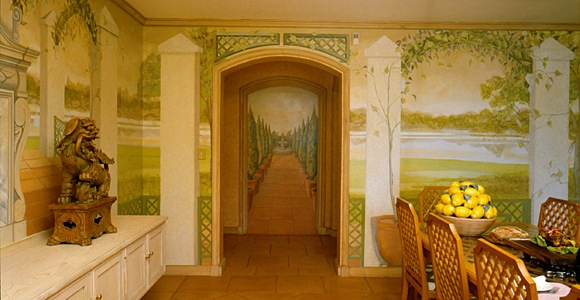
Mural art and the living use of color have been decorative features of architecture for many centuries, projecting both cultural traditions and man’s yearning for fantasy.
The History of Wall Paintings
Wall paintings and various types of mural art, have been evident in 3 000 years of Egyptian murals. You can see them in the frescoes painted for Nero by Fabullus; in the works of the Italian masters Michelangelo, Veronese and Tiepolo; in Medieval churches, depicting saviors, saints and sinners; and in nostalgic depictions on the walls of many 18th century English mansions.
Mural art reached its peak during the Baroque and Rococo periods, with a short-lived revival in the 1930s, but has had a relatively limited presence in modern-day architecture. However, this art form has swept through the streets and homes of Europe and America during the past decade.
The history of wall paintings goes way back through the centuries, with southern Africa having the distinction of the richest rock painting collection in the world. In fact, the earliest known rock paintings are also in southern Africa and were discovered on slabs of stone in Namibia. These were estimated to be between 20,000 and 27,000 years old (which means they are even older now). This is no surprise because murals were important facets of bushman life, because they festooned their caves with vibrant, dynamic paintings of their lifestyles, traditions and concerns.
Mural Art in Modern Times
If one tracks how murals have developed in modern times, you will find that architects and interior designers have noted that home-owners became increasingly color-conscious over time, with murals being utilized as architectural and interior design features to a greater and greater extent. Murals not only create visual enjoyment, but they also fulfill important interior and exterior architectural functions, such as visually creating more space, or altering the reality of a room. However it is also important to realize that mural paintings are important because they enable people to “live” color every day.
Trompe l’oeil Paintings
When it comes to mural exhibitions (as opposed to murals that are seen on site) it has been found that tromp l’oeil panels at most mural exhibitions attracted most interest. Tromp l’oeil – which literally means ‘to deceive the eye’- has been the most popular form of wall painting used in architecture and interior design, in all time until now.
Interestingly, the first known tromp l’oeils were executed in the Roman empire during the first century BC, when Roman artists mainly emulated Greek myths and legends in their paintings.
Essentially a trompe l’oeil “gave the eye” a false perspective of the material reality of the objects painted, and as an art form, it was imitative rather than creative. Essentially, it is a picture of shallow depth, since it is restricted in subject matter to surfaces that lie in or near the picture plane. And it should be noted that the eye easily detects the absence of paralax in the representation or objects of greater depth.
Anything can be reproduced, but its effective execution requires specialized artistic talent. In modern time, the most popular trompe l’oeils and specialized paint effects tend to be original alternatives rather than slapping a coat of paint onto a wall – something one would appreciate seeing as a persistent form of art. Many of the best present an image of infinite or additional space. Even paneling or pillars or columns can create an additional very special effect on walls.
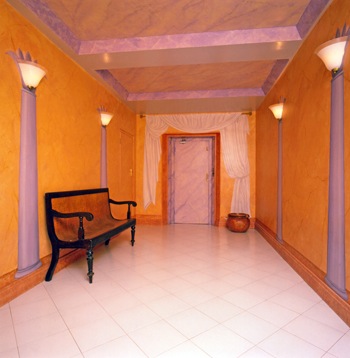
Artist: Keryn Paull. Picture: © Janek Szymanowski
Mural Art for Ordinary People
In centuries past, this form of painting was utilized extensively by the poor, who painted furniture, patterns, curtains and doors onto their walls, simply because they could not afford the real thing.
Anecdotes during the Roman era about the extent to which tromp l’oeils deceived reality, abound. Pliny told of a painting test between rival muralists, Zeuxis and Parrhasius during which Zeuxis painted a bunch of grapes so realistically that a flock of birds flew down to pick at them. However, Parrhasius fooled his opponent and won the wager when Zeuxis tried to lift the curtain which he painted.
Another tale features major Renaissance architect Vassari, who as a mischievous young boy tricked his master, the artist Cimabue, by painting a fly on the nose of a sculpture.
Specialized Painting Techniques
Since then, trompe l’oeils have evolved to incorporate specialized painting techniques – such as sponging, stippling, marbling, dragging and glazing – to reproduce scenes, objects or effects.
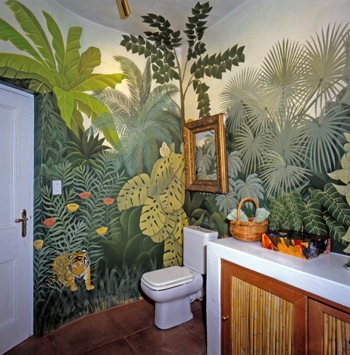
The Possibilities of Murals
The possibilities of murals are numerous. The flat surface of a wall can be changed: sublime views of the bizarre with the illusion of reality can be created; an urban exterior domestic wall can be restructured to give the visage of an ancient Greek villa, decaying in timeless sunlight; a hallway in any number of trendy city flats can become a three-dimensional ethnic passageway into the heart of Africa; a studio can be transformed into a treasure of frescoes excavated from the dried lava of Mount Vesvius in Pompeii.
Inside or out, the possibilities—like the illusions conjured up by the artist’s magic—are infinite. Imaginations have been fired, the mural age is upon us . . . and muralists from coast to coast, continent to continent, are set to paint up a storm!


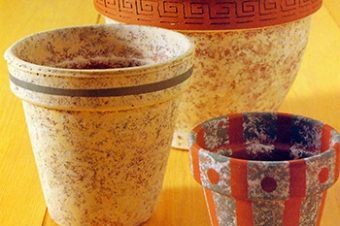

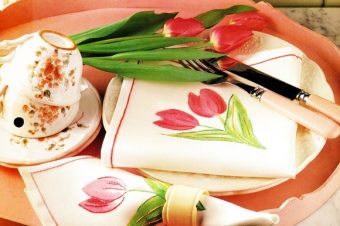
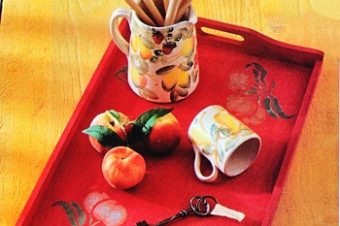
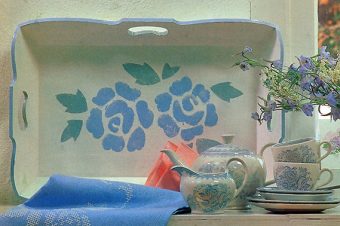
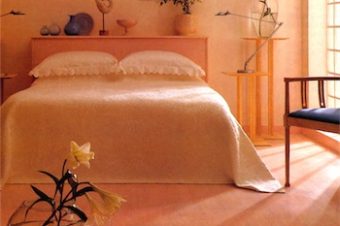
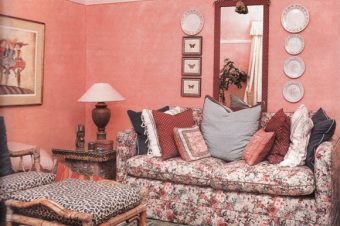
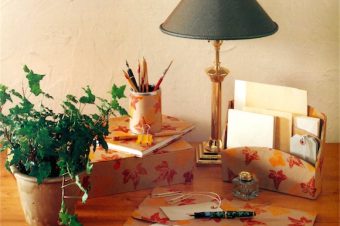
Leave a Reply